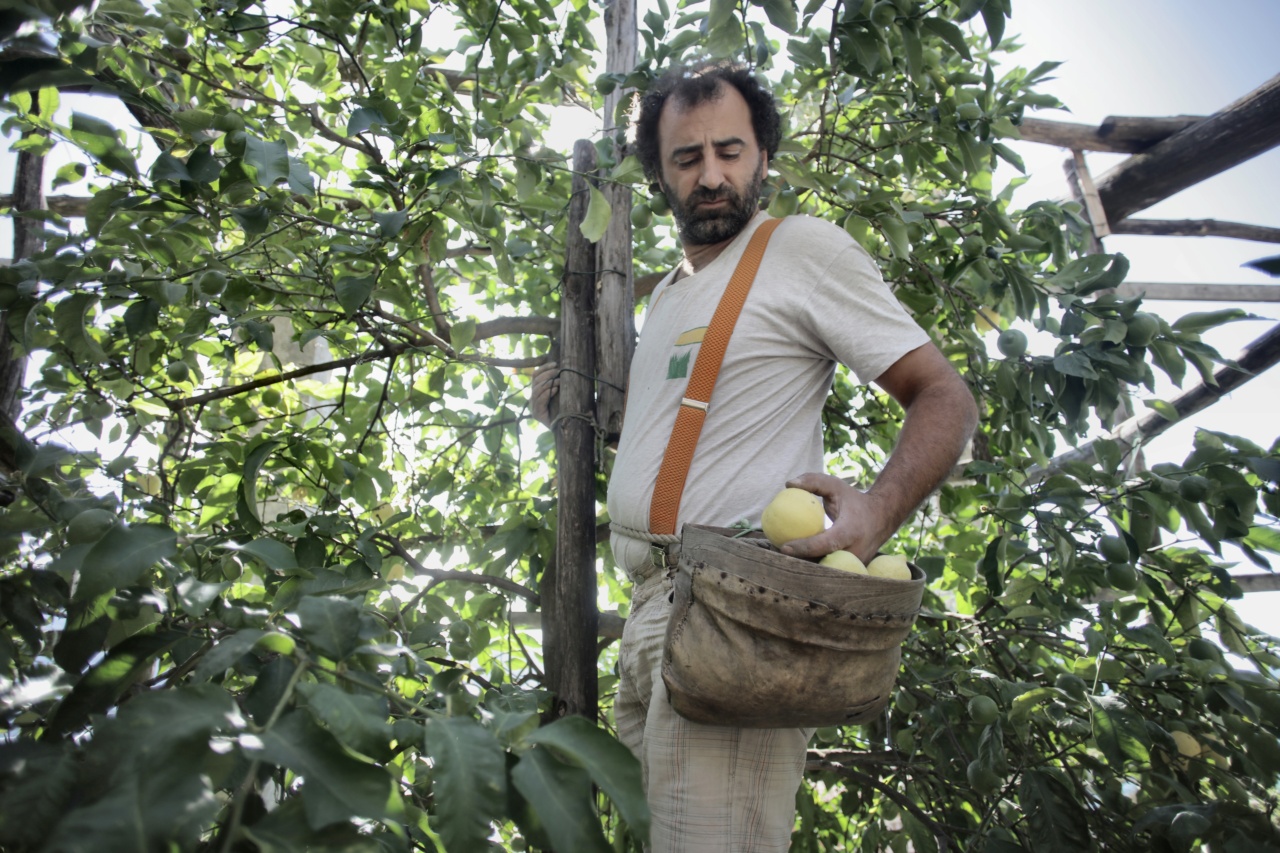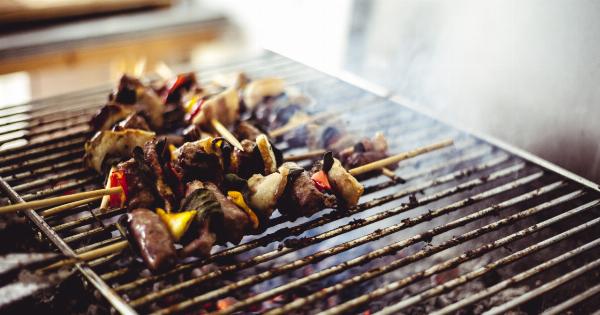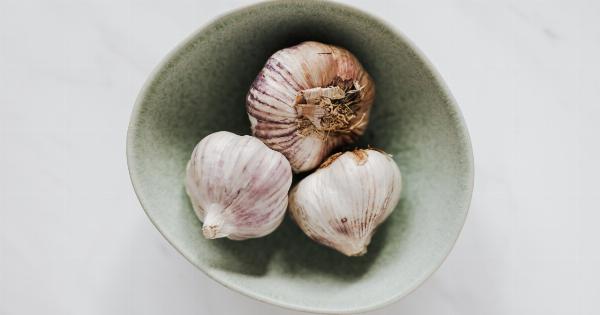It can be easy to get overwhelmed by the variety of fruit options available at your grocery store or local farmer’s market. One of the most important factors to consider when choosing fruit is the ripeness.
Picking a fruit at the right time will determine its sweetness, juiciness, and texture. Here is the ultimate guide to help you pick the ripest fruit.
1. Berries
Berries are a family of fruits that include strawberries, raspberries, blackberries, and blueberries. When choosing berries, look for bright and uniform colors. Berries should not have any bruises, mold or discoloration.
Make sure to give them a gentle squeeze, they should feel firm and not mushy or soft. Finally, take a sniff – if they smell sweet then they are ready to eat. Store in the fridge for up to three days.
2. Citrus Fruits
Citrus fruits such as oranges, lemons, grapefruits, and limes are popular for their juicy and tangy flavors. The key to picking ripe citrus is to look for vibrant colors. Oranges should be orange, not green.
Lemons and limes should have a bright yellow or green color, respectively. Grapefruits should be pink or red. Citrus should be heavy for their size, and have a smooth and shiny surface. They should also be fragrant, so give them a sniff test. Store at room temperature or in the fridge for up to two weeks.
3. Apples
Apples come in a variety of colors and flavors, including red, green, and yellow. Look for firm apples without any bruises or soft spots. Ripe apples should also be fragrant.
Gently press the bottom and around the stem – if it’s firm, then it’s ripe. Favorites such as Granny Smith and Honey Crisp, should be stored in the fridge, and eaten within two weeks of purchase.
4. Stone Fruits
Stone fruits such as peaches, plums, and nectarines are juicy and sweet fruits. To choose the ripest, look for a uniform and bright color.
Check for softness – the fruit should yield slightly to gentle pressure when ripe, but should not be mushy or too soft. The stem should also smell fragrant. If the fruit has a slight crease it is not a problem. They should be eaten at room temperature or kept in the fridge for up to five days.
5. Melons
Melons such as watermelon, cantaloupe, and honeydew are great sources of hydration in the summer. When choosing a melon, look for a dull or flat side. A shiny appearance indicates the fruit hasn’t ripened yet.
The skin should have a uniform color with no green spots, and it should feel firm but not too hard. Finally, give it a listen – thumping it should produce a low, hollow sound. Keep them at room temperature until they are cut, then store in the fridge for up to three days.
6. Bananas
Bananas are a popular tropical fruit that come in different shades of yellow and green. Don’t be fooled by color; the key to picking ripe bananas is to check for brown spots, particularly at the top. The more brown spots it has, the riper it is.
The stem should also be easy to remove. Store bananas at room temperature, and once they are ripe you can transfer them to the fridge to extend their shelf life by a few days.
7. Pineapples
Pineapples have a tough exterior but are worth the effort. To choose one that is ripe, look for a bright and uniform color. The fruit should also have a sweet, fragrant smell.
When pressing the top of the pineapple, it should slightly give, but shouldn’t be too soft or mushy. Pineapples can last up to five days at room temperature and up to a week in the fridge.
8. Mangoes
Mangoes are a tropical fruit with a sweet and tangy flavor. Look for a firm texture with a slight give when gently pressed. The skin should be bright in color, and mostly red or orange when ripe. Avoid mangoes with bruises or mold.
Give it a sniff; there should be a sweet scent around the stem. Mangoes, like other tropical fruits, ripen better at room temperature. They can then be stored in the fridge for up to five days.
9. Avocado
Avocado is a popular fruit with many nutritional benefits. The key to picking a ripe avocado is color and texture. A ripe avocado should be dark green or almost black. Give it a gentle squeeze, and it should yield slightly to pressure.
If an avocado feels too hard, leave it out at room temperature for a day or two. The stem should also be easy to remove. Avocados can be stored in the fridge for up to a week once ripe, but should be eaten within days once cut open.
10. Pears
Pears are a juicy and sweet fruit that come in different varieties such as Bartlett, Anjou, and Bosc. To choose a ripe pear, check for a smooth and unblemished skin. If the fruit is too hard or firm, let it sit at room temperature for a day or two.
Ripe pears should have a slight give to gentle pressure. Store pears in the fridge for up to five days once they are ripe.
In Conclusion
The key to picking ripe fruit is to use your senses. Take a look for external characteristics, feel for firmness and give- if it feels mushy, it’s not ripe yet- be sure to give the fruit a sniff for any fragrant scent.
Finally, it’s important to store the ripe fruit carefully. If you’re unsure of the ripeness or need to speed up the process, you can always turn to ripening hacks such as placing fruit in a paper bag with an apple or banana.
Now that you’re equipped with this guide, you can always choose the perfect ripe fruit for your next meal or snack.




























